Find Help
More Items From Ergsy search
-

Ganglion Cyst Removal
Relevance: 100%
-

How to remove your hearing aid
Relevance: 12%
-

Will a facelift remove all my wrinkles?
Relevance: 11%
-

How can a director be removed if a dispute cannot be resolved?
Relevance: 11%
-
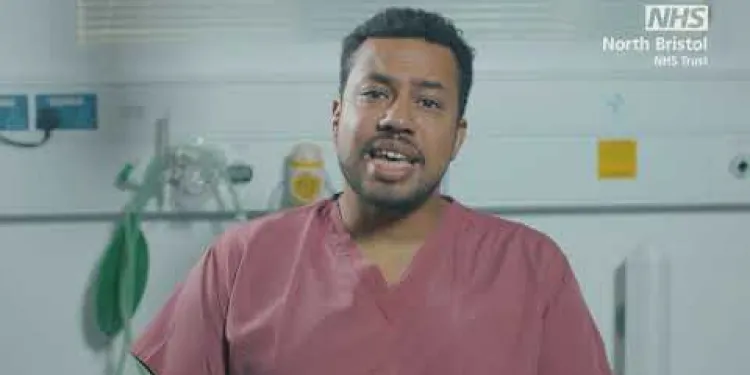
Surgery under local anaesthetic in the Minor Ops Unit at North Bristol NHS Trust
Relevance: 10%
-
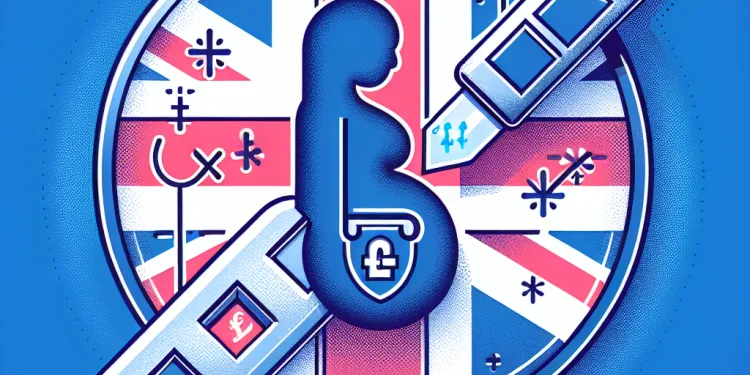
What can cause a false positive pregnancy test?
Relevance: 10%
-
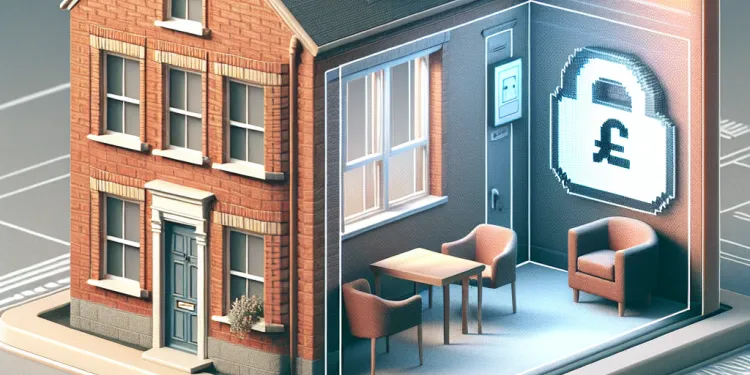
Can a landlord lock me out or remove my belongings to evict me?
Relevance: 10%
-

Three-year limit for child sexual abuse claims to be removed
Relevance: 10%
-
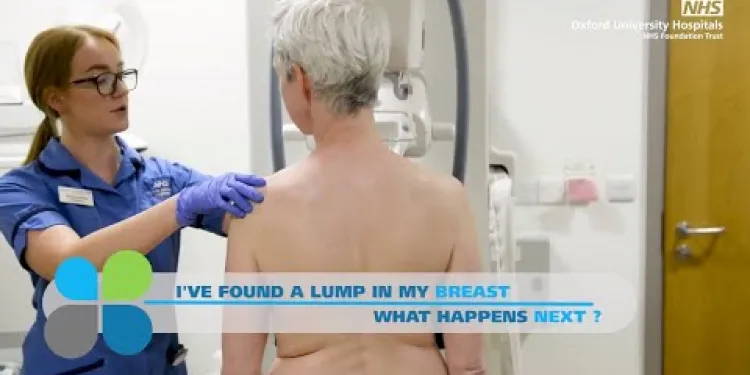
I've found a lump in my breast - What happens next? The breast diagnostic clinic
Relevance: 10%
-

Mortgage Regulator removes the need for further affordability stress tests
Relevance: 10%
-

What if my mammogram results are abnormal?
Relevance: 7%
-

What are the benefits of regular mammograms?
Relevance: 7%
-
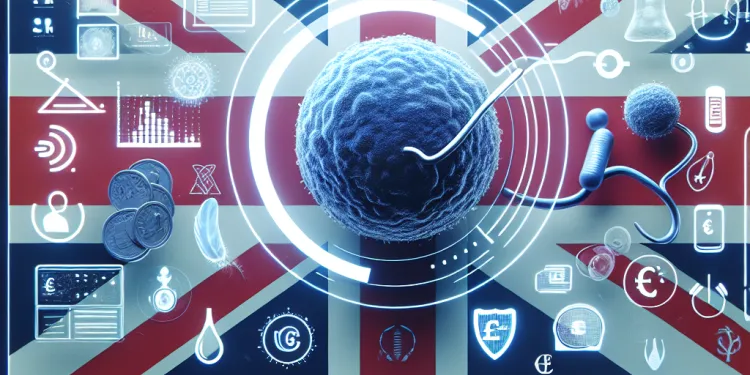
How is testicular cancer diagnosed?
Relevance: 7%
-

Can appendicitis occur more than once?
Relevance: 6%
-
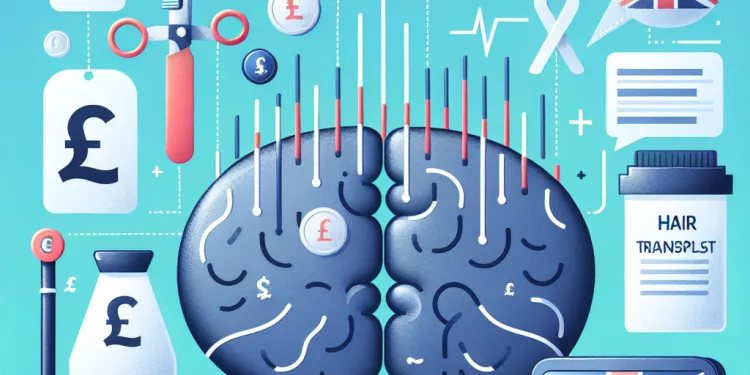
What are the risks associated with hair transplants in Turkey?
Relevance: 5%
-
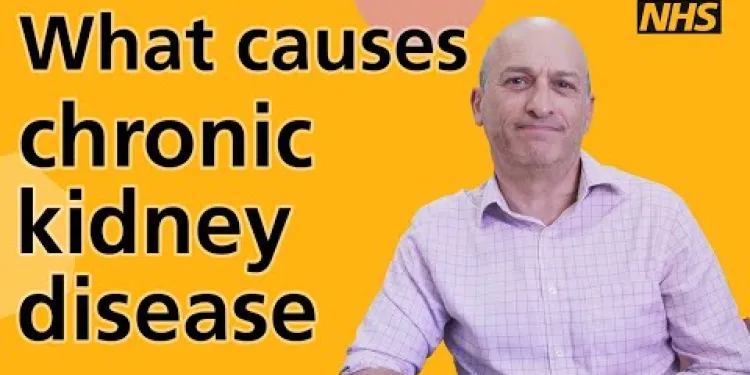
What causes chronic kidney disease?
Relevance: 5%
-
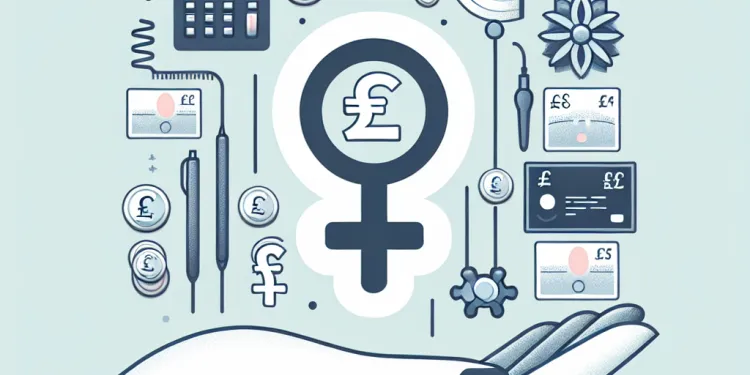
What are the reasons for female infertility?
Relevance: 5%
-

What should you do if you find a tick on your body?
Relevance: 4%
-

How can I kill bamboo in my garden?
Relevance: 4%
-

Can appendicitis go away on its own?
Relevance: 4%
-
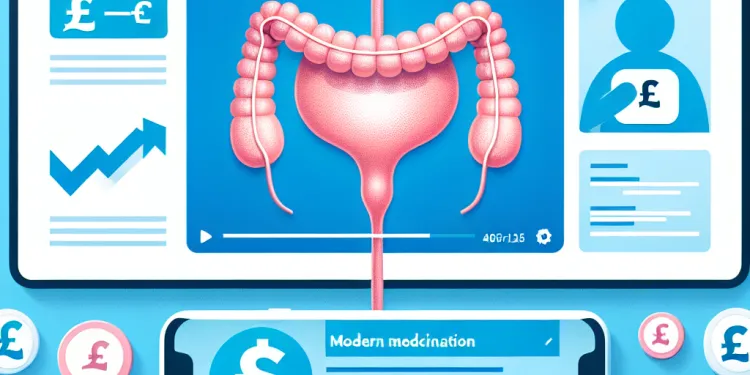
Can you live without an appendix?
Relevance: 4%
-

get rid of wasps
Relevance: 4%
-

Can nits hatch into lice?
Relevance: 4%
-

Bowel Cancer
Relevance: 3%
-

How do you prevent Lyme disease?
Relevance: 3%
-

Do nits live off the scalp?
Relevance: 3%
-
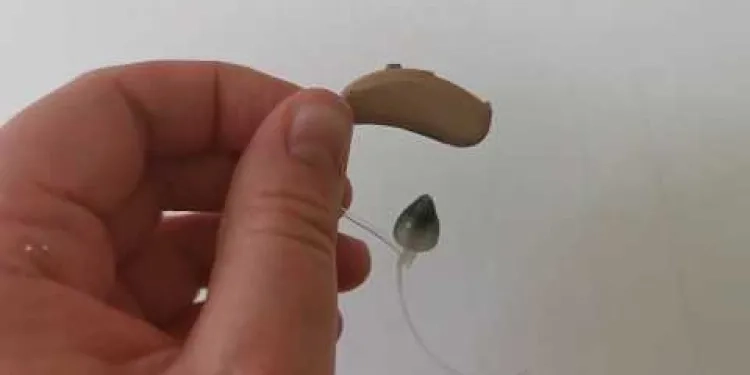
How to clean your hearing aid
Relevance: 3%
-

How do I recharge the battery on a Ring Doorbell Camera?
Relevance: 3%
-

How do I maintain my mosquito screens?
Relevance: 3%
-

What should I do if I find a spider in my home?
Relevance: 3%
-
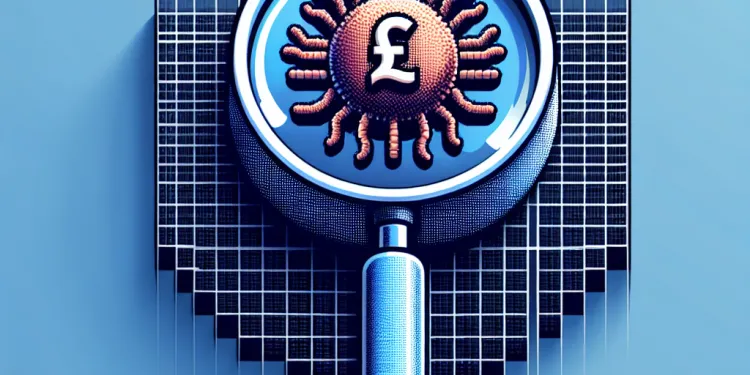
What do nits look like?
Relevance: 3%
-

How long does it take for nits to hatch?
Relevance: 3%
-
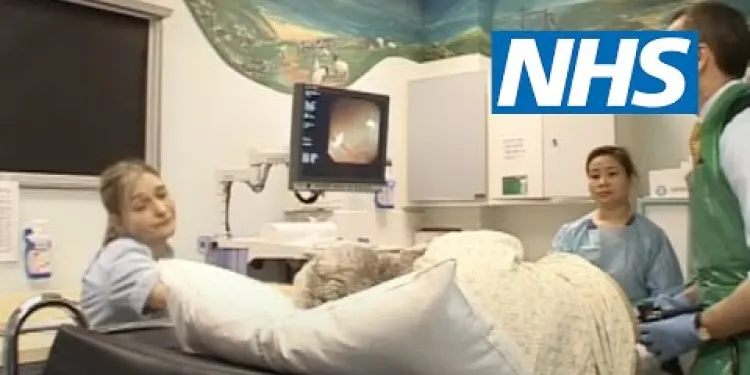
What happens during a colonoscopy? | NHS
Relevance: 3%
-

Is dialysis used in methanol poisoning cases?
Relevance: 3%
-

How can you differentiate nits from dandruff?
Relevance: 3%
-
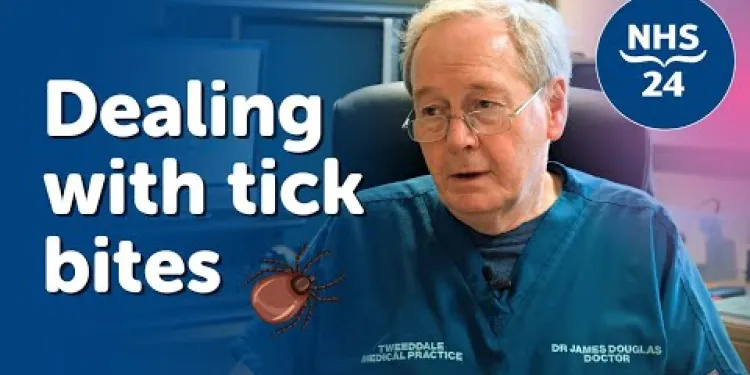
Tick Bites: Should you be worried?
Relevance: 3%
-

Why are there unfamiliar apps connected to my social media account?
Relevance: 3%
-
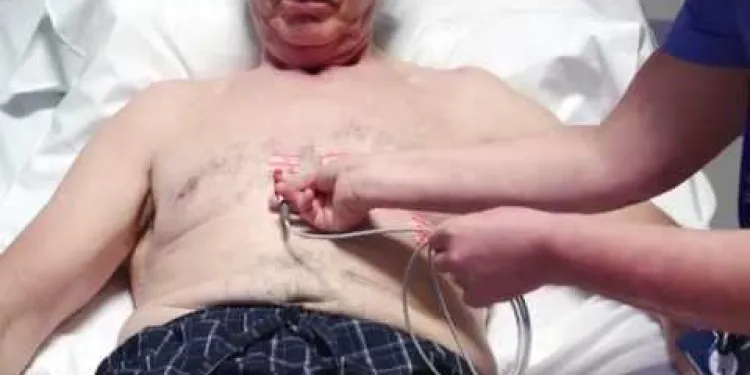
Performing a 12 lead ECG
Relevance: 3%
-
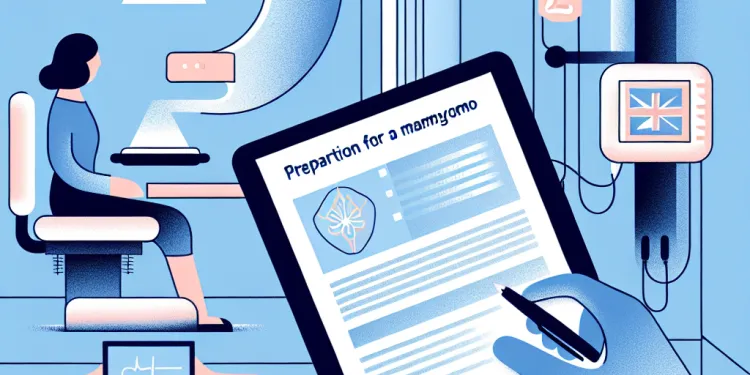
How do I prepare for a mammogram?
Relevance: 3%
-
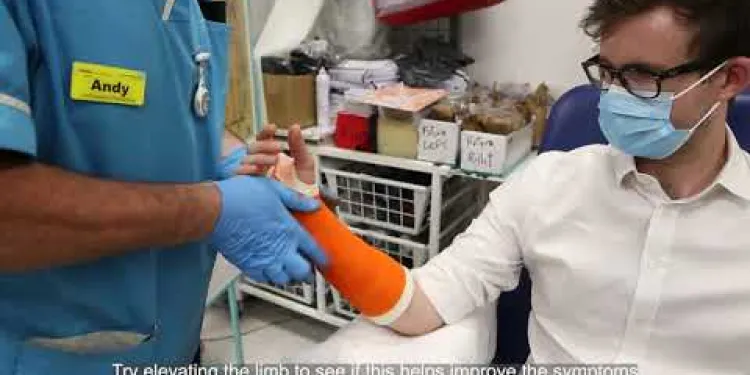
Fracture Clinic: Plaster Casts
Relevance: 3%
Ganglion Cyst Removal
What is a Ganglion Cyst?
A ganglion cyst is a non-cancerous lump that typically develops along the tendons or joints of the wrists or hands. These cysts may also appear on the feet and ankles. They are filled with a jelly-like fluid and are generally painless, though some might cause discomfort or restrict movement.
Symptoms and Diagnosis
Common symptoms of a ganglion cyst include a noticeable lump, pain or discomfort, and limited range of motion in the affected area. To diagnose a ganglion cyst, a medical professional will perform a physical examination and may use imaging tests such as X-rays, ultrasounds, or MRIs to rule out other conditions.
Treatment Options
Not all ganglion cysts require medical intervention. Sometimes, they disappear on their own. If treatment is necessary, options include:
- Aspiration: A procedure where the fluid is drained from the cyst using a needle.
- Immobilisation: Wearing a brace or splint to alleviate pain and reduce the cyst's size.
- Surgical Removal: Excision surgery to remove the cyst permanently, often considered if the cyst is painful or recurring.
Ganglion Cyst Removal Surgery in the UK
In the United Kingdom, ganglion cyst removal surgery is typically performed by a specialist in orthopaedics or a plastic surgeon. The procedure is generally done under local anaesthesia and is relatively quick, often allowing patients to return home the same day. Postoperative care includes keeping the area clean and avoiding strenuous activities to ensure proper healing.
Costs and NHS Availability
While ganglion cyst removal may be available through the NHS, it is often considered a low-priority procedure unless the cyst is causing significant pain or dysfunction. In such cases, patients might opt for private treatment. The costs for private surgery can vary, so it’s advisable to check with local clinics and hospitals for specific pricing.
Aftercare and Recovery
After ganglion cyst removal surgery, patients should follow their doctor's aftercare instructions carefully. This typically includes keeping the surgical site clean, monitoring for signs of infection, and attending follow-up appointments. Full recovery can take several weeks, during which patients should avoid heavy lifting and repetitive motions to prevent recurrence.
Ganglion Cyst Removal
What is a Ganglion Cyst?
A ganglion cyst is a lump that is not cancer. It usually grows on the wrists or hands. Sometimes, they can grow on feet and ankles. They are filled with a jelly-like fluid. Most of the time, they do not hurt, but they can be uncomfortable or hard to move.
Symptoms and Diagnosis
A ganglion cyst can be seen as a lump. It might hurt or cause discomfort, and it could make it hard to move. To find out if it is a ganglion cyst, a doctor will look at it. They might use tests like X-rays or ultrasounds to make sure it is not something else.
Treatment Options
Not all ganglion cysts need treatment. Sometimes, they go away by themselves. If treatment is needed, the options are:
- Aspiration: This means taking out the fluid with a needle.
- Immobilisation: Wearing a brace or splint to make it less painful and smaller.
- Surgical Removal: Surgery to take the cyst out for good. This is done if it hurts or keeps coming back.
Ganglion Cyst Removal Surgery in the UK
In the UK, surgeons who specialize in bones or plastic surgery do the ganglion cyst removal. The surgery is quick and uses medicine to numb the area. You can usually go home the same day. After surgery, keep the area clean and do not do heavy activities while healing.
Costs and NHS Availability
The NHS may offer ganglion cyst removal, but it is not always urgent unless it causes a lot of pain or problems. Some people choose to pay for private surgery. Costs can change, so check with local clinics and hospitals to find out the price.
Aftercare and Recovery
After surgery, follow what the doctor says for care. This usually means keeping the area clean, watching for infection signs, and going to check-ups. Healing can take a few weeks. During this time, do not lift heavy things or do the same motion over and over so it does not come back.
Frequently Asked Questions
What is a ganglion cyst?
A ganglion cyst is a fluid-filled lump that commonly forms on the hand, wrist, or foot. It is typically non-cancerous and can vary in size.
What causes a ganglion cyst?
The exact cause of a ganglion cyst is unknown, but it may occur due to joint or tendon irritation or injury.
Do ganglion cysts go away on their own?
Some ganglion cysts may disappear without treatment, while others may persist or even grow larger over time.
When should I seek medical advice for a ganglion cyst?
You should seek medical advice if the cyst is painful, interferes with joint movement, shows signs of infection, or continues to grow.
What are the treatment options for a ganglion cyst?
Treatment options include observation, aspiration (draining fluid from the cyst), and surgical removal.
What does ganglion cyst removal surgery involve?
Surgery involves making an incision over the cyst and removing it along with a portion of the joint capsule or tendon sheath.
How long does ganglion cyst removal surgery take?
The procedure generally takes about 30 to 45 minutes.
Is ganglion cyst removal surgery performed under local or general anaesthesia?
Ganglion cyst removal can be performed under local or general anaesthesia, depending on the cyst's location and patient preference.
Will I have a scar after ganglion cyst removal?
Yes, there will be a small scar at the incision site, but it typically fades over time.
What is the recovery time after ganglion cyst removal surgery?
Recovery time varies, but most patients can resume normal activities within 2 to 4 weeks. Full recovery may take longer.
Can a ganglion cyst return after surgery?
There is a chance of recurrence, although surgical removal reduces the likelihood of the cyst returning.
What are the risks associated with ganglion cyst removal surgery?
Risks include infection, bleeding, nerve or blood vessel injury, stiffness, and recurrence of the cyst.
How should I care for the surgical site after ganglion cyst removal?
Keep the area clean and dry, follow your surgeon's wound care instructions, and attend follow-up appointments as scheduled.
Can I drive after ganglion cyst removal surgery?
You should avoid driving until you have full functional use of your hand or foot and are no longer taking pain medication that affects your alertness.
Is ganglion cyst removal available on the NHS?
In some cases, ganglion cyst removal is available on the NHS, but it depends on the severity of symptoms and local NHS policies. Private treatment options are also available.
What is a ganglion cyst?
A ganglion cyst is a small bump. It is often on a joint or by a tendon. It looks like a bubble under the skin.
Here are some tips to help understand:
- Use pictures to see what a ganglion cyst looks like.
- Ask a helper or a doctor if you are not sure.
A ganglion cyst is a small bump filled with liquid. It often shows up on your hand, wrist, or foot. It is usually not cancer, and it can be big or small.
Why do ganglion cysts form?
A ganglion cyst is a small bump under the skin. It is usually not harmful.
Here are some things that might cause a ganglion cyst:
- Moving a joint, like your wrist or foot, a lot of times.
- Small injuries that happen again and again.
- Having a problem with a joint or a tendon.
If you have a ganglion cyst and it bothers you, talk to a doctor.
Here is something that can help if this is hard to read:
- Use pictures or drawings to understand what a ganglion cyst is.
- Ask someone to read this with you and explain it.
- Break the text into smaller parts and read one part at a time.
We don't know exactly why a ganglion cyst happens. It might be because a joint or tendon gets hurt or bothered.
Do ganglion cysts heal by themselves?
Some ganglion cysts can go away by themselves. But sometimes, they stay or get bigger.
When should I talk to a doctor about a ganglion cyst?
A ganglion cyst is a bump on your hand or wrist. It is not usually dangerous.
But, you should talk to a doctor if:
- The bump is big.
- The bump hurts.
- The bump does not go away.
- You can't move your hand or fingers easily.
Some tools that can help:
- Ask someone to go with you to the doctor.
- Write down questions you want to ask before going.
Go to the doctor if the lump hurts, makes it hard to move, looks like it might be infected, or keeps getting bigger.
How can you treat a ganglion cyst?
A ganglion cyst is a bump on your skin. Here are some ways to make it better:
- Leave it Alone: Sometimes the bump goes away by itself.
- Wear a Brace: A special band can help if the bump hurts.
- See a Doctor: A doctor can take out the liquid inside the bump.
- Surgery: For really big bumps, a doctor can do an operation to take it out.
You can also use tools to help:
- Ask someone you trust to help explain the information.
- Use pictures to understand better.
- Take notes or use a voice recorder when visiting the doctor.
There are different ways to help:
- Watch and see if it gets better by itself.
- Use a needle to take out the fluid.
- Have an operation to take it out.
What happens in ganglion cyst removal surgery?
In surgery, the doctor cuts open the skin over the bump. They take out the bump and a little bit of the joint or tendon cover.
How long does it take to remove a ganglion cyst?
Removing a ganglion cyst with surgery usually takes about 30 minutes to 1 hour.
It is helpful to:
- Ask someone to go with you to the doctor.
- Write down any questions you have.
- Use pictures to understand what will happen.
- Ask the doctor to explain things simply.
The procedure usually takes 30 to 45 minutes.
What type of anaesthesia is used for ganglion cyst removal surgery?
When doctors take out a ganglion cyst, they use a special medicine called 'anaesthesia' to make sure it doesn't hurt. There are two kinds:
- Local anaesthesia: This makes just the area hurt a little. You stay awake, but you won't feel pain.
- General anaesthesia: This makes you sleepy, so you don't wake up during the surgery.
Talk to your doctor to find out which one is best for you. It can help to have someone go with you to ask questions and remember the answers.
You can have a ganglion cyst taken out with medicine that makes you sleepy or medicine that puts you to sleep. It depends on where the bump is and what you want.
Will I have a mark after ganglion cyst removal?
If doctors take out a ganglion cyst, you might have a little mark or scar on your skin.
A scar is a small, thin line where your skin heals after being cut.
To help your skin heal well, you can:
- Use a special cream doctors give you.
- Keep the area clean.
- Make sure not to pick at any scabs.
- Ask your doctor if you can use a bandage.
If you are worried, talk to your doctor. They can help you know what to do.
Yes, you will have a small scar where the cut was made, but it usually gets lighter and hard to see as time goes on.
How long does it take to get better after a ganglion cyst is taken out?
Here is some information to help you understand:
- After the surgery, it might take a little time for your hand or foot to feel all better again.
- You may need to rest and be careful with the area for a few weeks.
- Follow the doctor’s advice to heal well.
- Using a support like a bandage or splint can help protect the area.
Ask a doctor or nurse for help if you have questions. They are there to help you!
How long it takes to feel better depends. Most people can start doing their usual activities in 2 to 4 weeks. It might take a bit longer to be fully better.
Can a ganglion cyst come back after surgery?
Sometimes, a ganglion cyst can come back after it is taken out with surgery.
Here are some things that can help if you are worried:
- Talk to your doctor. They can explain what might happen after the surgery.
- Write down any questions you have. Take them to your doctor visit.
- Ask a friend or family member to go with you to appointments. They can help remember what the doctor says.
The bump might come back. But if a doctor takes it out, it is less likely to come back.
What can happen if you have surgery to take out a ganglion cyst?
Here are things that might happen:
- You could get an infection, which means germs might make you sick.
- You might bleed a little.
- A nerve or a blood vessel could get hurt.
- Your body might feel stiff.
- The cyst might come back again.
If you want help understanding, you can ask a friend or use tools that read the words out loud for you.
How do I look after the area where the bump was removed?
Make sure to keep the area clean and dry. Listen to what your doctor says about looking after the wound. Go to your check-up appointments on time.
Can I drive after ganglion cyst removal surgery?
After the lump (ganglion cyst) is taken off by surgery, you might wonder if you can drive a car. It is important to make sure you are safe and feel okay. Here is some advice:
- Ask the doctor: The doctor can tell you if it is okay to drive. They know your health best.
- Wait until you feel normal: If your hand or wrist had the surgery, make sure it is not sore or stiff. You need to move it easily to drive safely.
- Use support tools: If you need, use things to help you feel better, like a splint or cushion for your wrist.
Always remember, it is okay to ask for help from someone like a family member or friend.
You should not drive until your hand or foot works well again and you are not taking pain medicine that makes you sleepy.
Can you get a ganglion cyst removed for free on the NHS?
A ganglion cyst is a small lump under the skin. It can be on the hand or wrist.
You might need help to remove it.
Ask your doctor if the NHS can do this for free.
If you find it hard to read, you can use tools to read the text aloud or make the text bigger.
Sometimes, you can get a ganglion cyst removed by the NHS. This depends on how bad the symptoms are and the rules of your local NHS. You can also pay for private treatment if you need it.
Useful Links
- Ergsy carfully checks the information in the videos we provide here.
- Videos shown by Youtube after a video has completed, have NOT been reviewed by ERGSY.
- To view, click the arrow in centre of video.
- Most of the videos you find here will have subtitles and/or closed captions available.
- You may need to turn these on, and choose your preferred language.
- Go to the video you'd like to watch.
- If closed captions (CC) are available, settings will be visible on the bottom right of the video player.
- To turn on Captions, click settings .
- To turn off Captions, click settings again.
More Items From Ergsy search
-

Ganglion Cyst Removal
Relevance: 100%
-

How to remove your hearing aid
Relevance: 12%
-

Will a facelift remove all my wrinkles?
Relevance: 11%
-

How can a director be removed if a dispute cannot be resolved?
Relevance: 11%
-

Surgery under local anaesthetic in the Minor Ops Unit at North Bristol NHS Trust
Relevance: 10%
-

What can cause a false positive pregnancy test?
Relevance: 10%
-

Can a landlord lock me out or remove my belongings to evict me?
Relevance: 10%
-

Three-year limit for child sexual abuse claims to be removed
Relevance: 10%
-

I've found a lump in my breast - What happens next? The breast diagnostic clinic
Relevance: 10%
-

Mortgage Regulator removes the need for further affordability stress tests
Relevance: 10%
-

What if my mammogram results are abnormal?
Relevance: 7%
-

What are the benefits of regular mammograms?
Relevance: 7%
-

How is testicular cancer diagnosed?
Relevance: 7%
-

Can appendicitis occur more than once?
Relevance: 6%
-

What are the risks associated with hair transplants in Turkey?
Relevance: 5%
-

What causes chronic kidney disease?
Relevance: 5%
-

What are the reasons for female infertility?
Relevance: 5%
-

What should you do if you find a tick on your body?
Relevance: 4%
-

How can I kill bamboo in my garden?
Relevance: 4%
-

Can appendicitis go away on its own?
Relevance: 4%
-

Can you live without an appendix?
Relevance: 4%
-

get rid of wasps
Relevance: 4%
-

Can nits hatch into lice?
Relevance: 4%
-

Bowel Cancer
Relevance: 3%
-

How do you prevent Lyme disease?
Relevance: 3%
-

Do nits live off the scalp?
Relevance: 3%
-

How to clean your hearing aid
Relevance: 3%
-

How do I recharge the battery on a Ring Doorbell Camera?
Relevance: 3%
-

How do I maintain my mosquito screens?
Relevance: 3%
-

What should I do if I find a spider in my home?
Relevance: 3%
-

What do nits look like?
Relevance: 3%
-

How long does it take for nits to hatch?
Relevance: 3%
-

What happens during a colonoscopy? | NHS
Relevance: 3%
-

Is dialysis used in methanol poisoning cases?
Relevance: 3%
-

How can you differentiate nits from dandruff?
Relevance: 3%
-

Tick Bites: Should you be worried?
Relevance: 3%
-

Why are there unfamiliar apps connected to my social media account?
Relevance: 3%
-

Performing a 12 lead ECG
Relevance: 3%
-

How do I prepare for a mammogram?
Relevance: 3%
-

Fracture Clinic: Plaster Casts
Relevance: 3%


